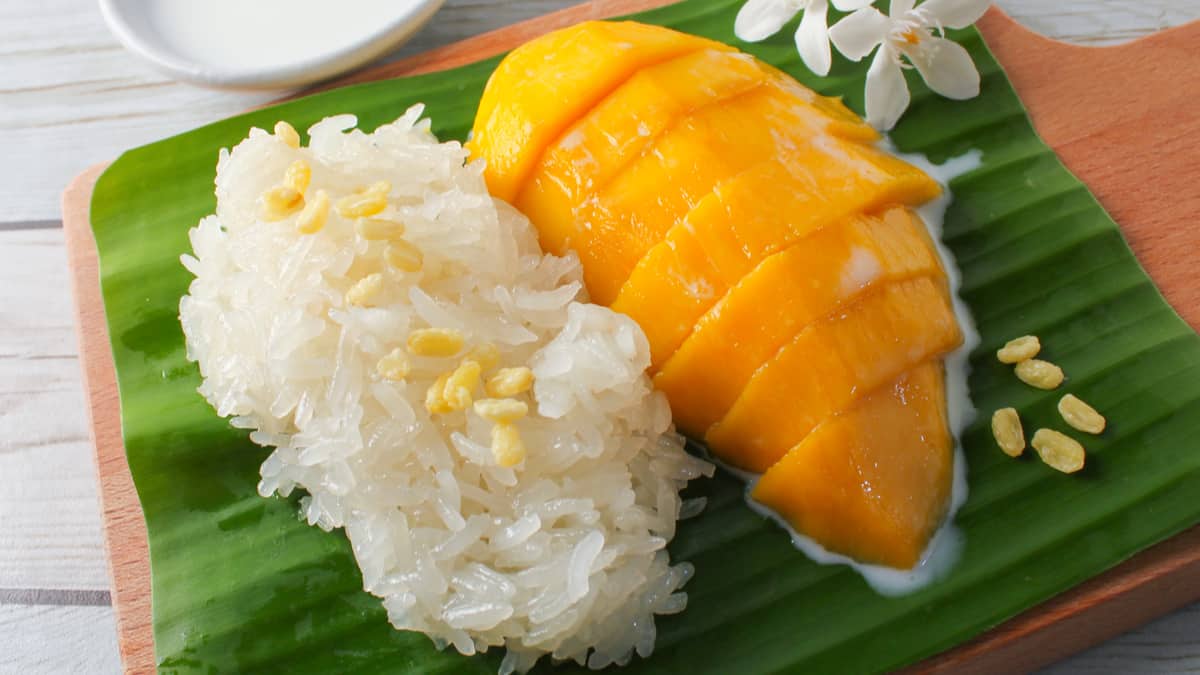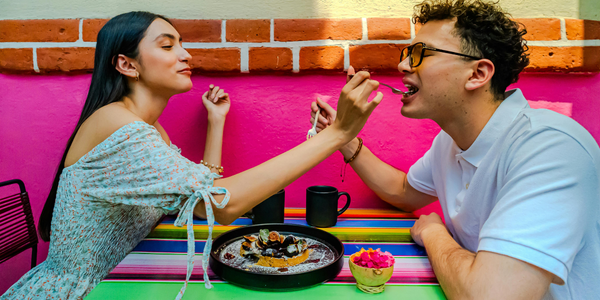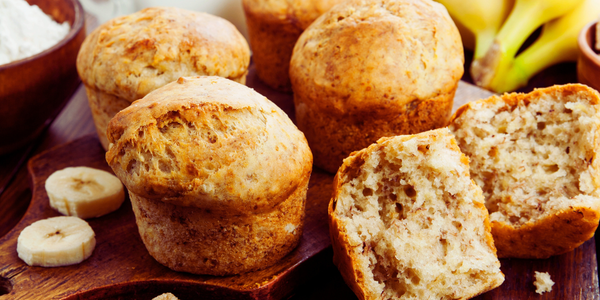How to Prepare an Authentic Sticky Rice with Mango?

If you've never heard of sticky rice mango, or if you've never eaten or prepared it before, we're here to help! Sticky rice mango is a dessert that is served in traditional Thai cuisine!
Preparing this dessert calls for certain ingredients, such as glutinous rice, fresh mango, and coconut milk. Because mango is usually ripe in Thailand during April and May, sticky rice mango is often served during the summertime.
Although it is called glutinous rice, its nickname comes from the texture it forms after we begin cooking. It is known to take on a sticky form once it is done cooking, making it easy for molding and for creating the perfect sticky rice mango!
Despite the fact that this dish originated in Thailand, it is often eaten in other regions in Southeast Asia and South Asia. With the growth of the dish comes several adaptations, such as using sweetened condensed milk instead of coconut milk and using durian instead of mangos.
Sticky rice mango can be eaten both hot and cold! It works great when you serve warm (with freshly prepared glutinous rice) or cold (using pre-made rice)! Although sticky rice mango can be re-heated in the microwave, there is no comparison to when you are serving it fresh!
With different changes being made to the dish, it can be hard to find the perfect traditional recipe. However, no need to worry. This recipe teaches you step by step how you can make authentic sticky rice mango. Using just a few ingredients and taking only six steps to prepare, you have no excuse not to give sticky rice mango a try!
See also: How to Make Russian Dressing and Take Your Salads to The New Level
Ingredients for Sticky Rice Mango
The key to creating the perfect sticky rice mango lies in the use of perfect ingredients! This particular recipe not only uses the ingredients mentioned before (glutinous rice, fresh mango, and coconut milk) but also add other elements such as sesame seeds for texture! Keep in mind that using yellow mango as opposed to green mango creates a much sweeter taste!
The ingredients you will need are:
- 1 1/2 cups glutinous (sweet) rice
- 1 1/3 cups well-stirred canned unsweetened coconut milk
- 1/3 cup plus 3 tablespoons sugar
- 1/4 teaspoon salt
- 1 tablespoon sesame seeds, toasted lightly
- 1 large mango, peeled, pitted, and cut into thin slices (at least 24)
Another important part of the sticky rice mango dish is the preparation (obviously)! Keep in mind that when you are preparing, the sticky rice and coconut milk have to be hot in order for the rice to soak up the liquid.
How to Prepare Sticky Rice Mango
Preparation is as followed:
- In a bowl wash rice well in several changes of cold water until water is clear. Soak rice in cold water to cover overnight.
- Drain rice well in a sieve. Set sieve over a large deep saucepan of simmering water (the sieve should not touch the water) and steam rice, covered with a kitchen towel and a lid, 30 to 40 minutes, or until tender (check the water level in the pan occasionally, adding more water if necessary).
- While rice is cooking, in a small saucepan bring 1 cup of coconut milk to a boil with 1/3 cup sugar and salt, stirring until sugar is dissolved, and remove from heat. Keep the mixture warm.
- Transfer cooked rice to a bowl and stir in coconut-milk mixture. Let rice stand, while you cover the bowl (30 minutes), or until coconut-milk mixture is absorbed. Preparing the rice ahead of time and can be done - keep covered at room temperature.
- While rice is standing, in a cleaned small pan slowly boil remaining 1/3 cup coconut milk with remaining 3 tablespoons sugar, stirring occasionally, 1 minute. Transfer sauce to a small bowl and chill until cool and thickened slightly.
- For serving, mold 1/4 cup servings of sticky rice on dessert plates. Drizzle desserts with sauce and sprinkle with sesame seeds. Divide mango slices among plates.
Enjoy!
Make sure you keep this recipe store in the fridge once complete. Serve this dish up to 3 days after preparation! You can use leftover rice and make it sticky again by adding it into a pan and pouring some cold water and adding flour. The flour allows for the rice to return back to its sticky form!
Now that you have learned more about the background the the preparation that goes into making sticky rice mango, it's your turn! Use this recipe or add your own variations and let us know how it turns out!
Sign up for FD's newsletter
The freshest stories from the food and dating world every week.




